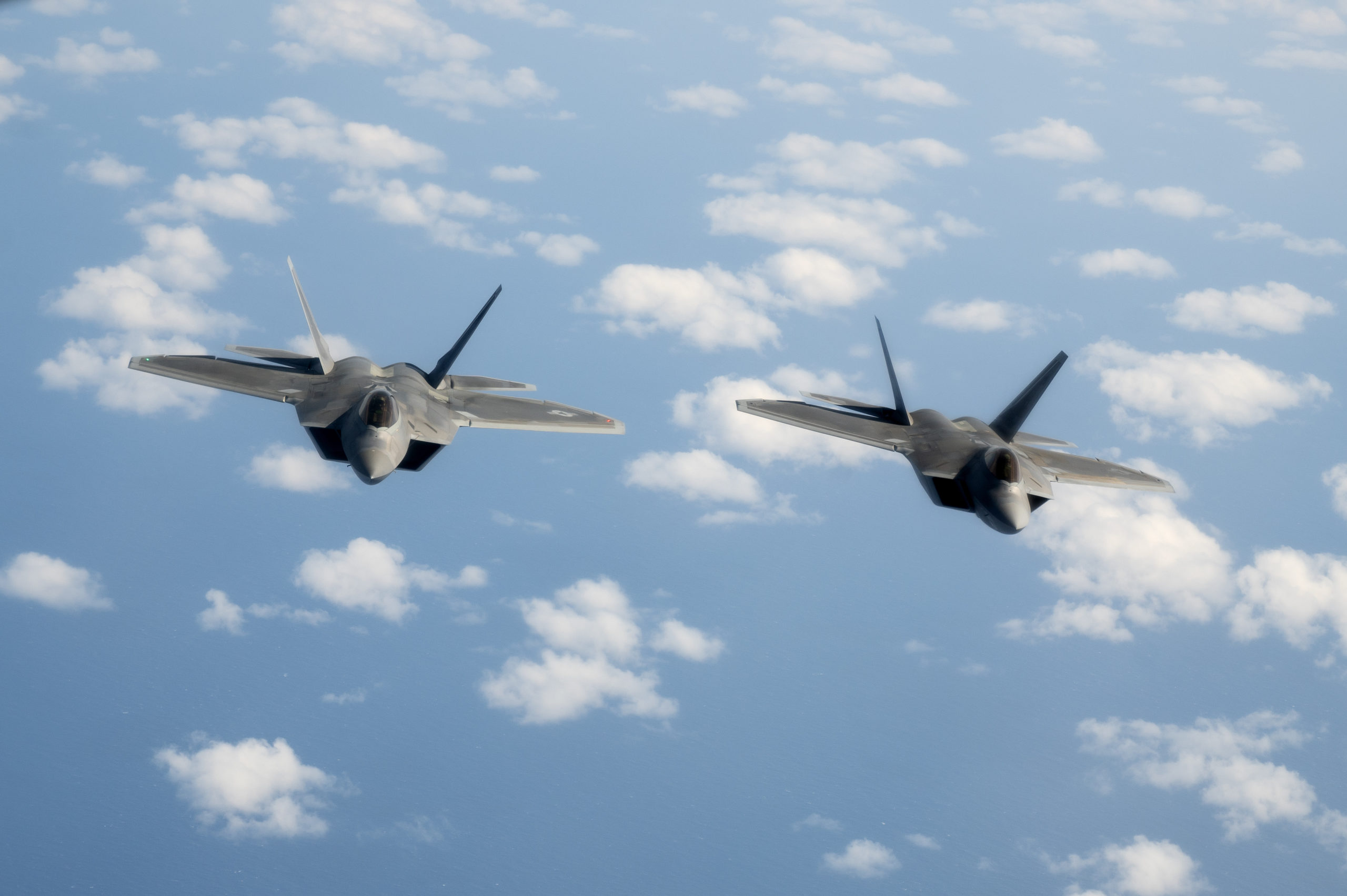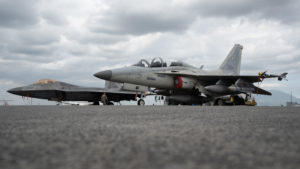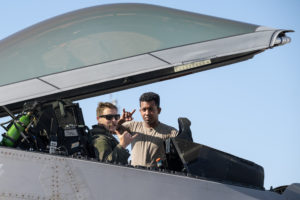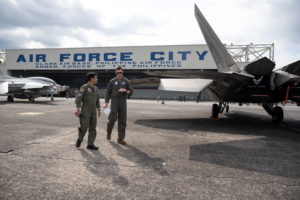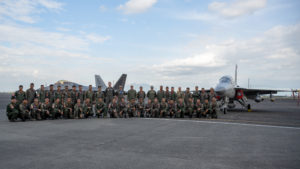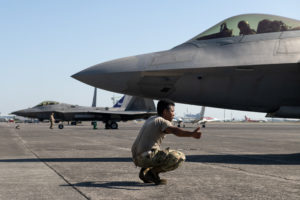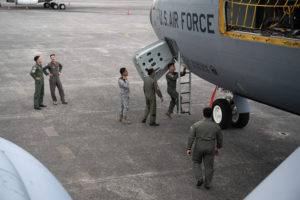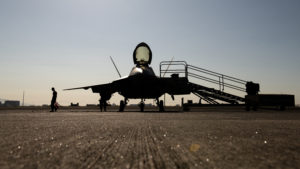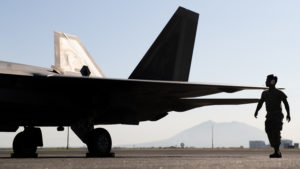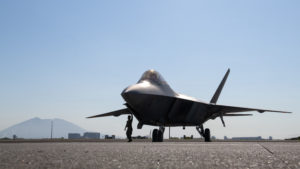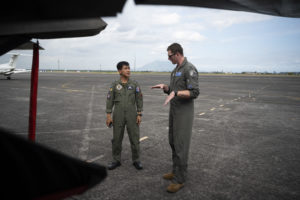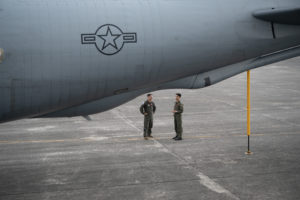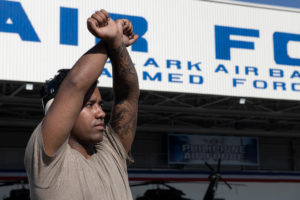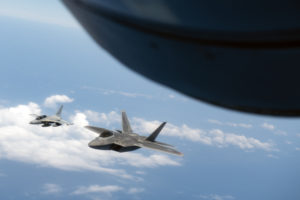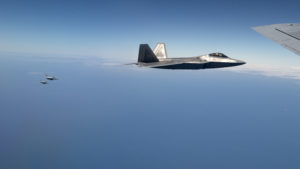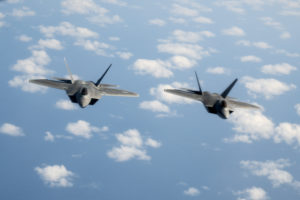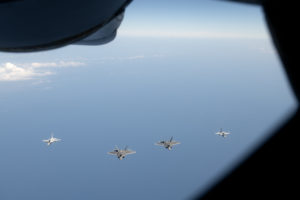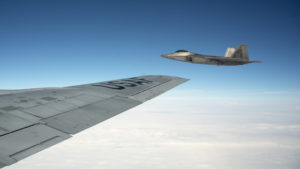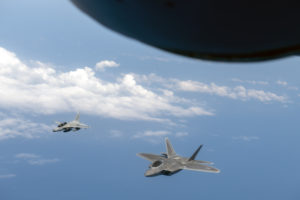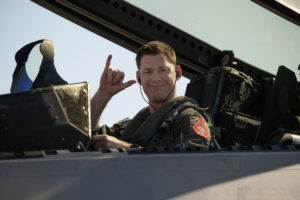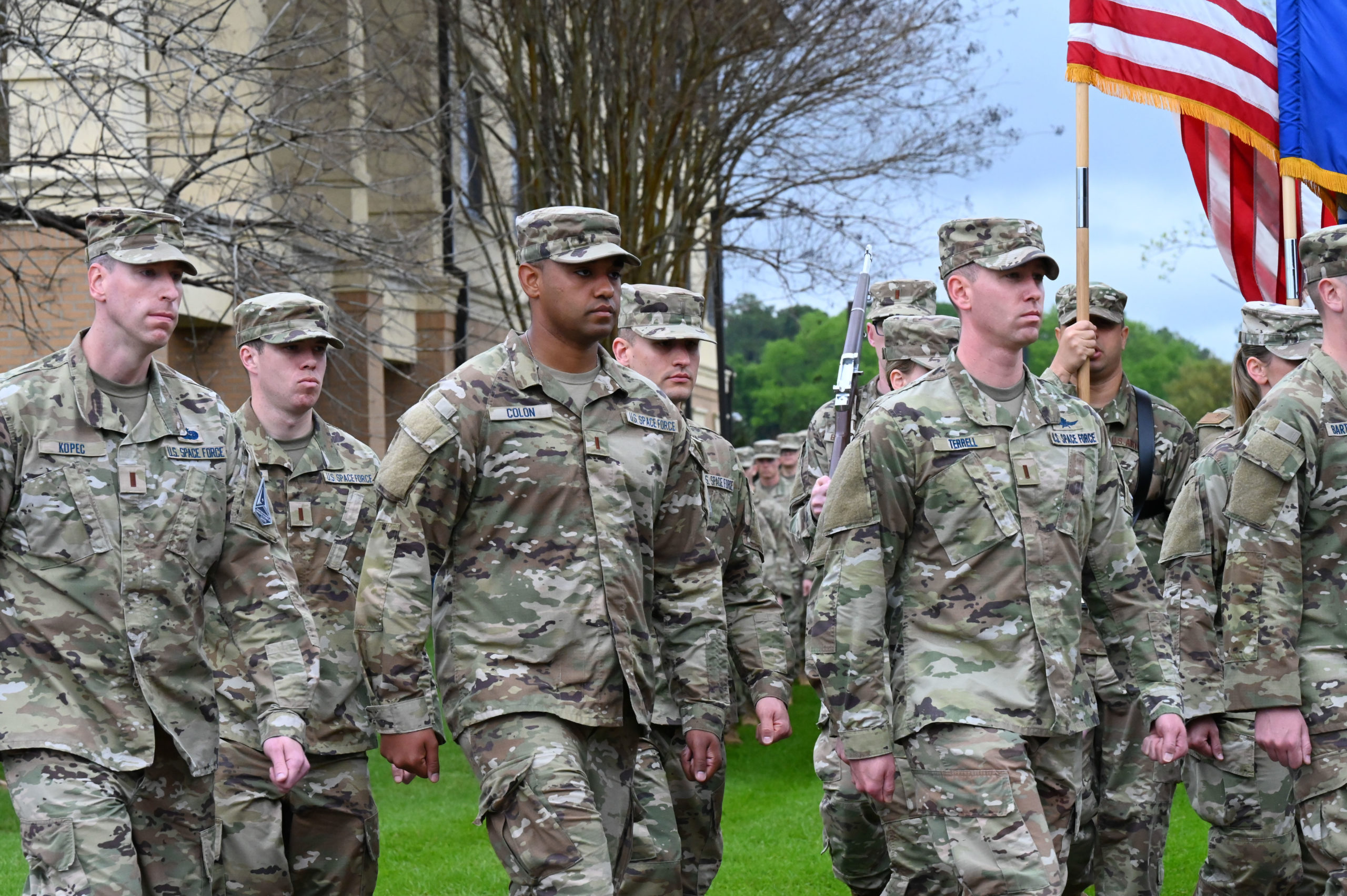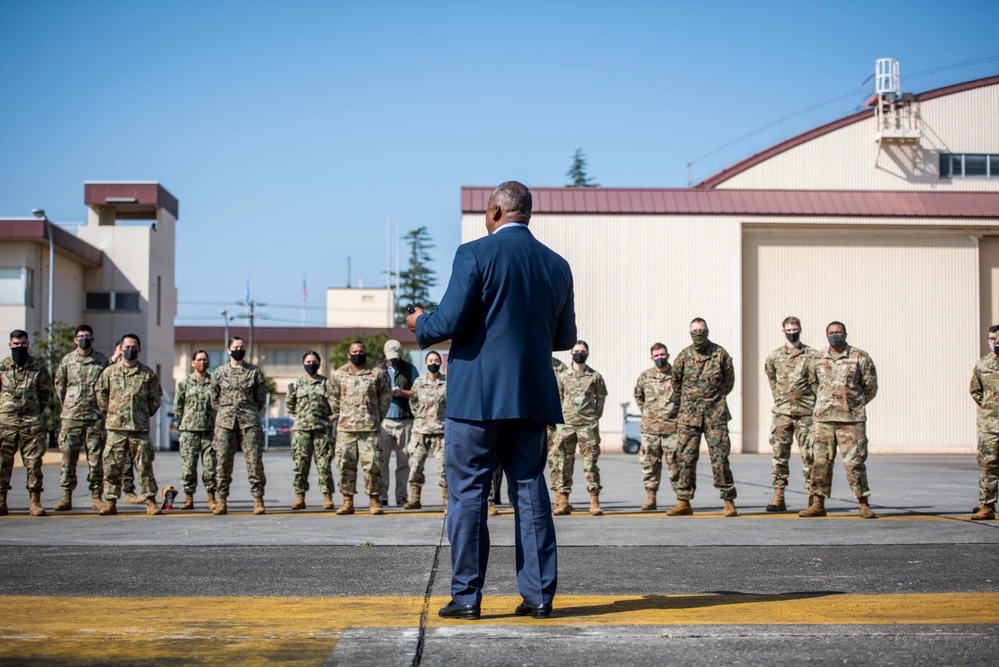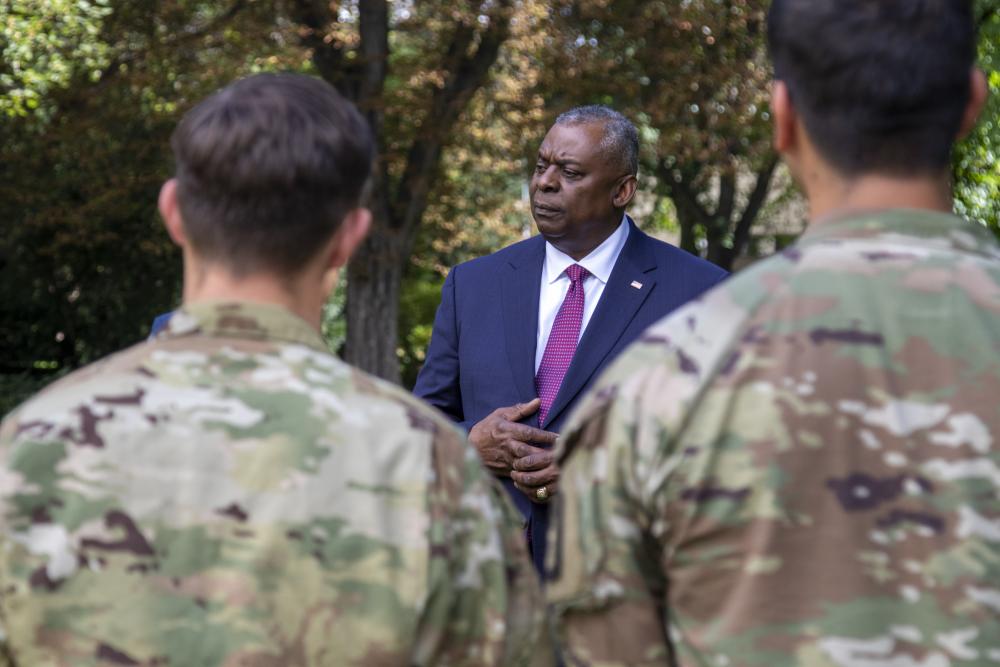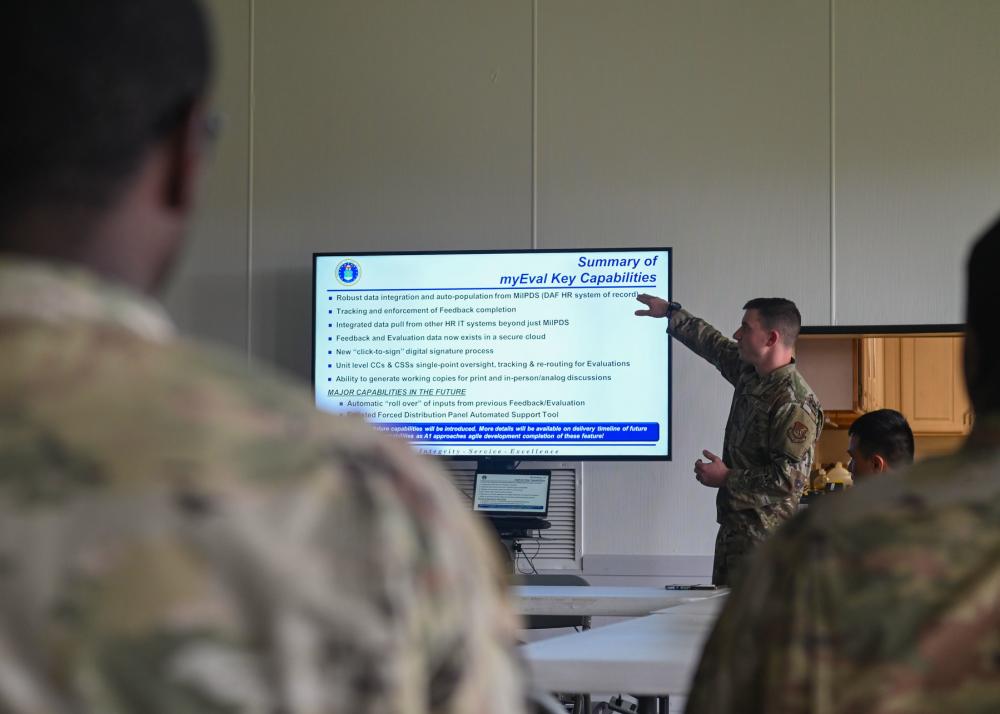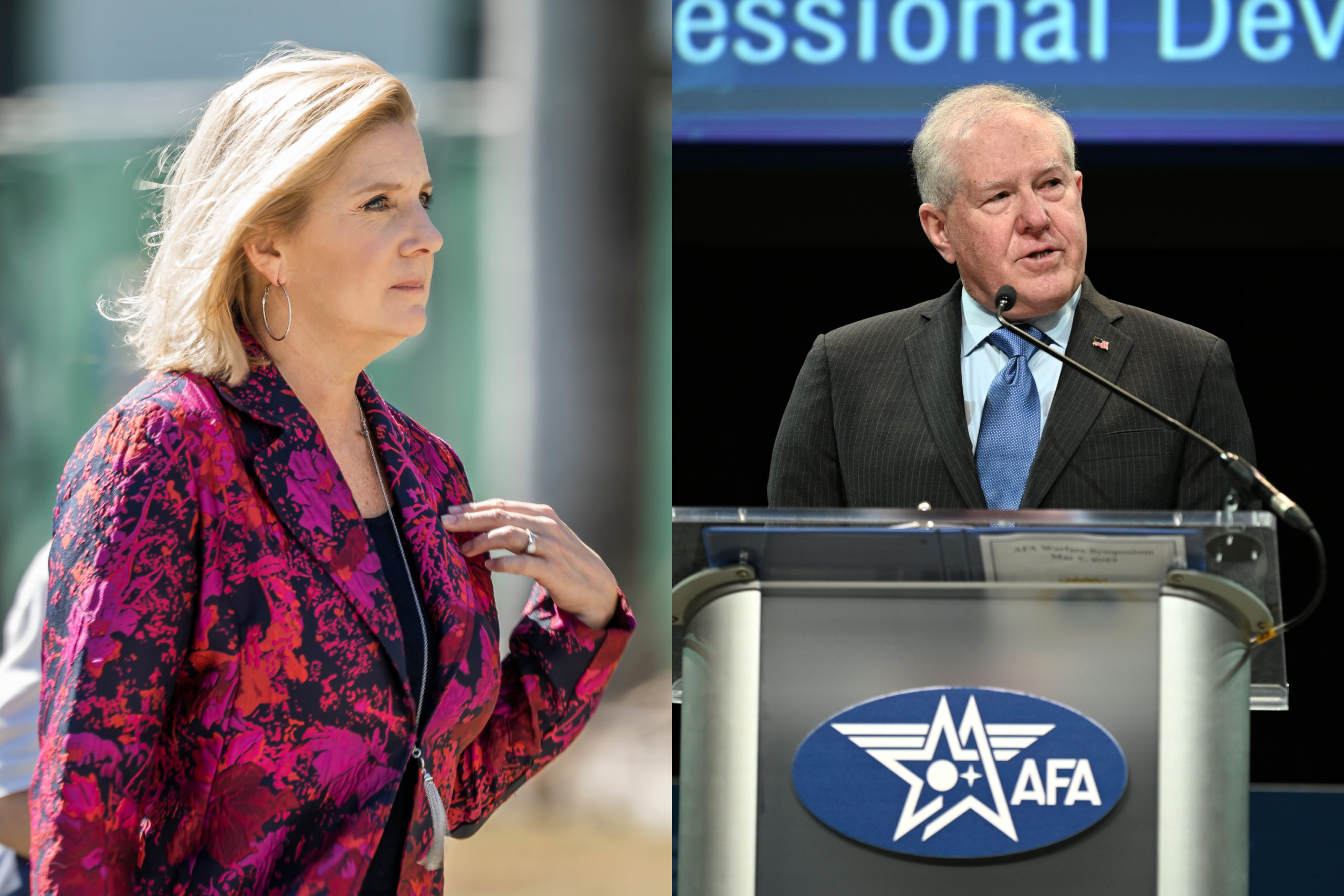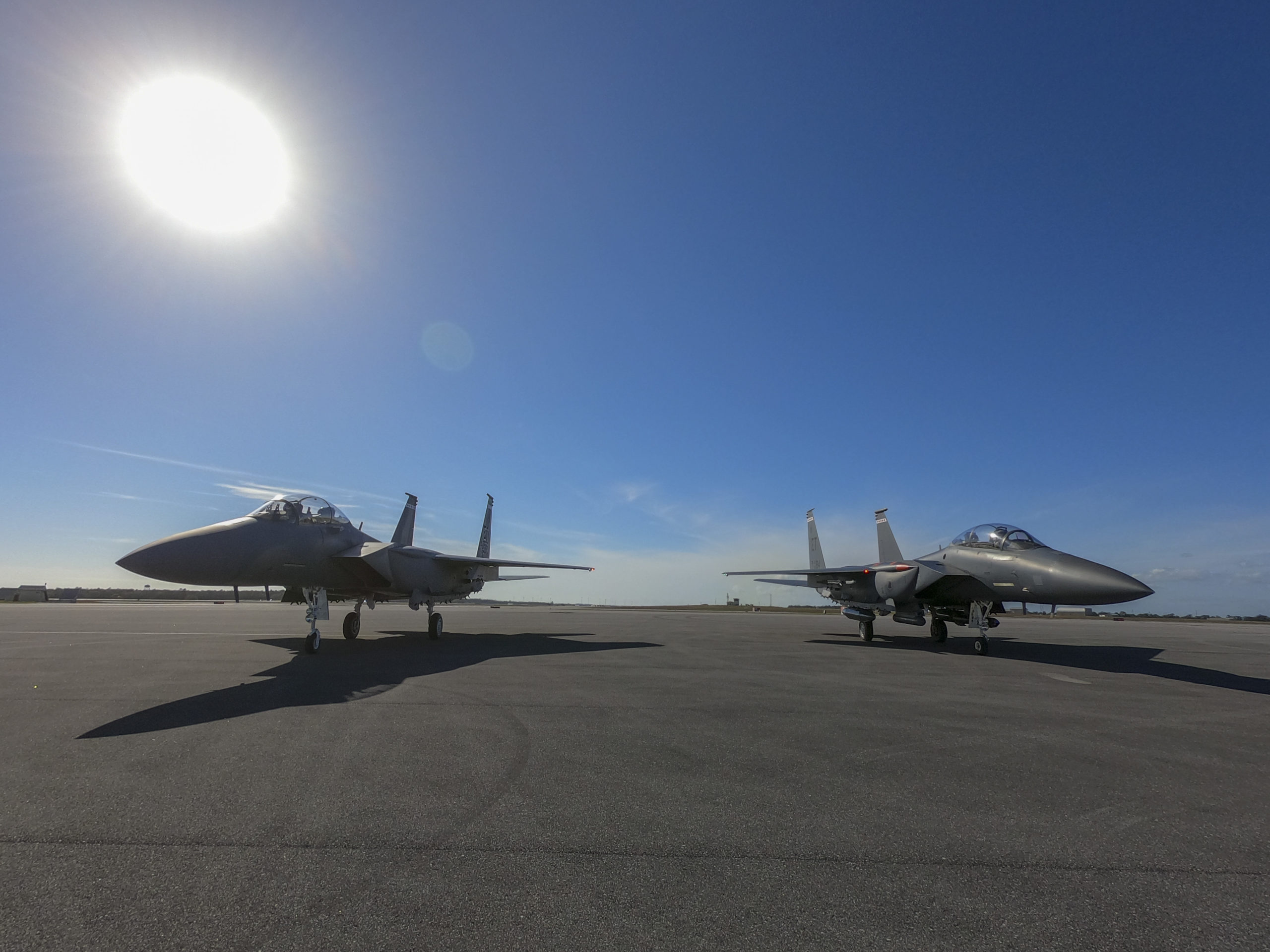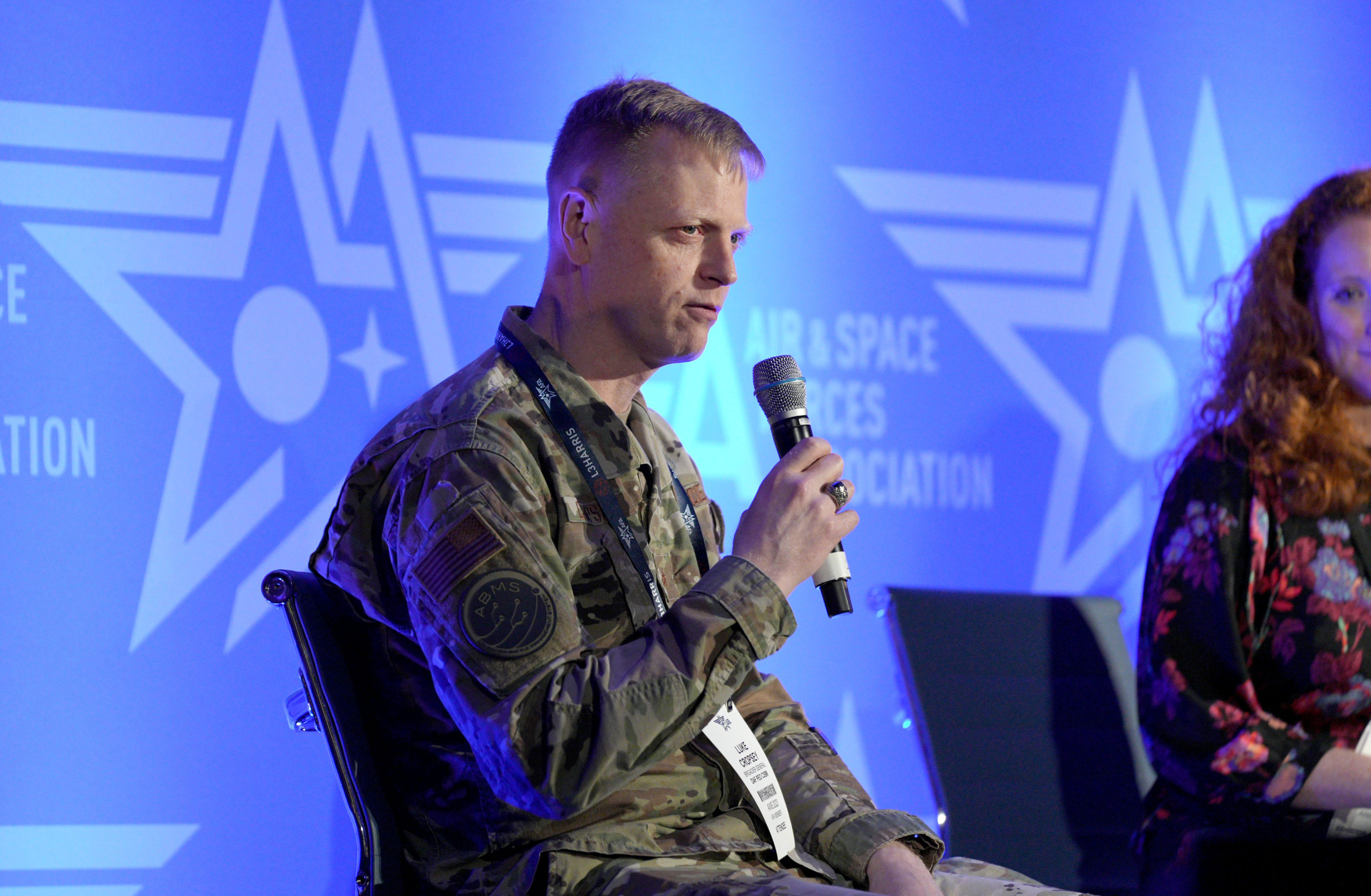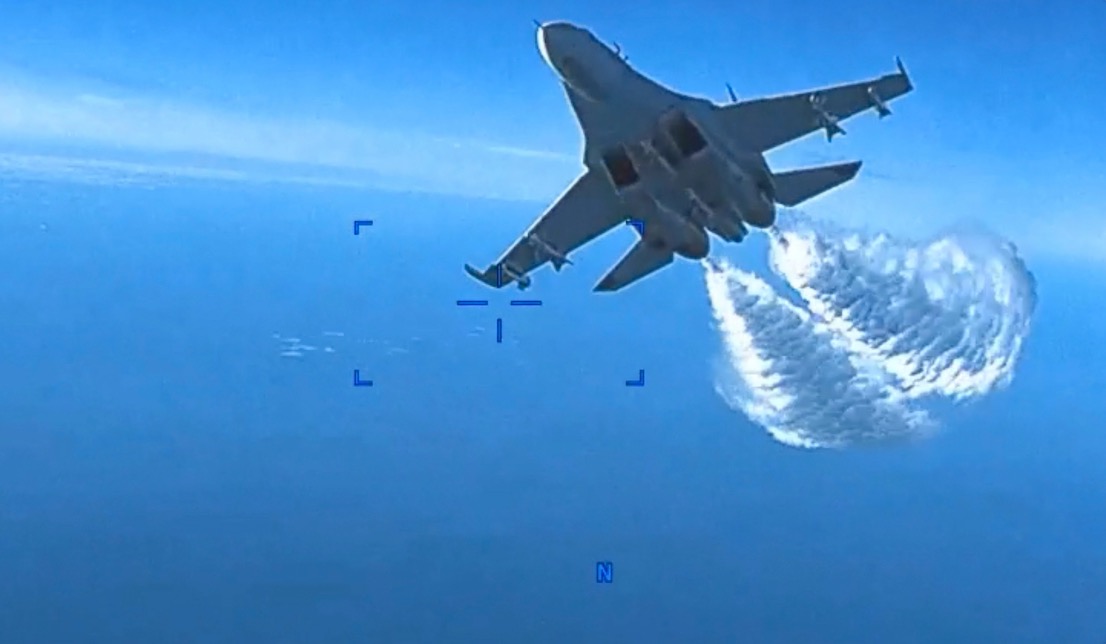The U.S. Air Force took an important first step March 13 when F-22 Raptors deployed to Clark Air Base, marking the first time U.S. fifth-generation fighters have ever deployed to the Philippines, the USAF announced.
“This was the first time that F-22s, or any 5th-generation aircraft, have landed on and operated out of the Philippines,” Capt. Karl Schroeder, a Raptor pilot assigned to the 525th Fighter Squadron, said in an Air Force news release. “This milestone with a regional ally aids in providing stability and security to the Indo-Pacific.”
The F-22 deployment, which took place on March 13 and 14, comes as the U.S. is undertaking a major effort to strengthen and expand its posture in the Pacific to deter China’s growing military might.
Secretary of Defense Lloyd J. Austin III secured access last month to four bases in the Philippines, though discussions still need to be conducted between the two countries on how they might be improved and used.
On March 13, the U.S., Australia, and Britain announced a deal that will provide nuclear submarines to Canberra in the 2030s and 2040s. Under that pact, U.S. and British attack submarines are to rotate through a base near Perth, Australia, starting in 2027.
The U.S. Marines plan to establish a Marine Littoral Regiment in Okinawa by 2025 while Japan is moving ahead with a plan to build up its defense capability, including by buying Tomahawk land-attack cruise missiles from the U.S.
The Air Force, for its part, has been working on expanding its access to bases in the region under its Agile Combat Employment, or ACE, plan that aims to disperse its aircraft and make them harder for China to target.
“There’s a strategic calculation on the part of the Biden administration to build up our allies,” Patrick Cronin, an expert on the Asia-Pacific at the Hudson Institute, told Air & Space Forces Magazine.
“When Marcos came in, that provided this strategic upgrade opportunity,” he added, referring to Philippine president Ferdinand Marcos Jr., who was sworn in in June 2022 following Rodrigo Duterte.
“They’ve been leaning forward in terms of showing that we really will defend you if you’re threatened,” Cronin said. “The fact that we had brought F-22s now into Kadena meant it was easy to deploy to a place like the Philippines on a mission and on exercises, so that also made it possible.”
The F-22s are from the 525th Fighter Squadron, which recently wrapped up a weeklong deployment to Tinian, one of the three Northern Mariana Islands. It was the first time that those islands, which are U.S. territory, hosted the fifth-generation fighters.
The U.S. has a Mutual Defense Treaty with the Philippines dating back to 1951, and the hope is that US cooperation with Manila will deepen over the coming years.
“The Raptor pilots were able to get their eyes on the layout of the land, as well as the different Philippine air bases,” the Air Force release stated. “Being familiar with the airspace and the territory below will allow for increased capability and integration in the future.”
Clark Air Base is not a new location for U.S. aircraft. It first hosted American planes in 1910s when the Philippines was U.S. territory. It was an important base for the U.S. Army Air Forces and Air Force during World War II and the Vietnam War, before eventually being turned over to the Philippines.
But as the Air Force release notes, the U.S. hopes to be able to operate from more locations in the Philippines in the future.
During their deployment, the F-22s conducted air exercises with the Philippine Air Force. Two Philippine FA-50PHs joined the Raptors over the Pacific. The FA-50 is of South Korean origin, sharing similarities to the F-16, and was designed with help from Lockheed Martin. The State Department approved the sale of F-16s to the Philippines in 2021.
“With any operation there are always multiple roles and responsibilities to make the mission happen,” Capt. Joe Baumann, an F-22 pilot assigned to the 525th Fighter Squadron, said in the Air Force release. “With the FA-50’s capability for precision strike and the Raptor’s ability to establish air dominance, we make a lethal combo to support one another on multiple mission sets.”
“It is important for us to integrate with our allies to show that we have the capability to conduct safe and effective operations anywhere in the world while supporting multinational objectives,” Baumann added.
The Raptor engaged in simulated dogfighting, their forte, while the Filipino pilots observed, according to the Air Force. The American aircraft also took on gas from KC-135 Stratotankers from Kadena as another demonstration of American capabilities over the South China Sea.
“This marks yet another exciting moment in our rapidly growing and modernizing alliance, and an important step in our mutual efforts to protect a free and open Indo-Pacific region,” DOD spokesperson Lt. Col. Marty Meiners told Air & Space Forces Magazine.
